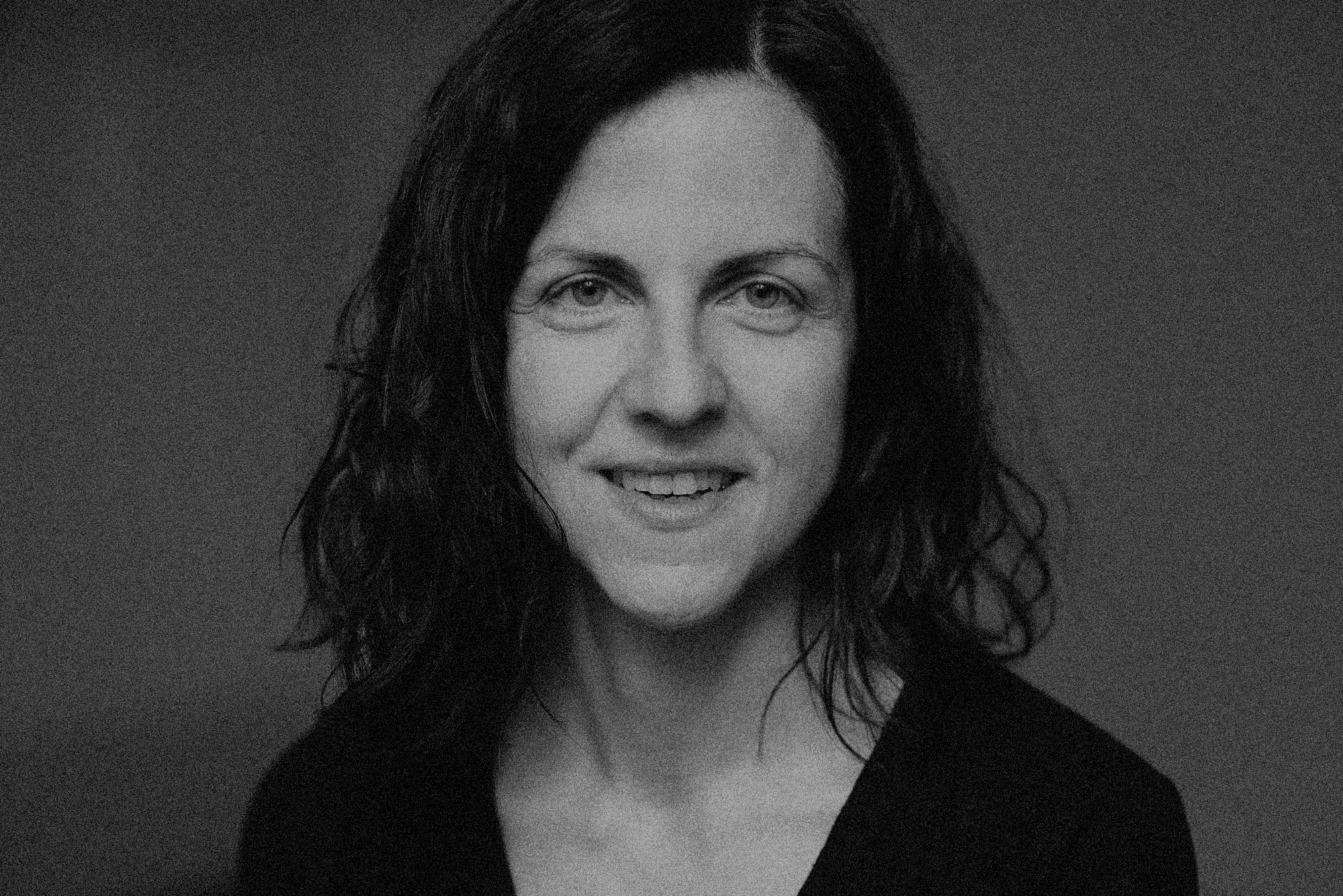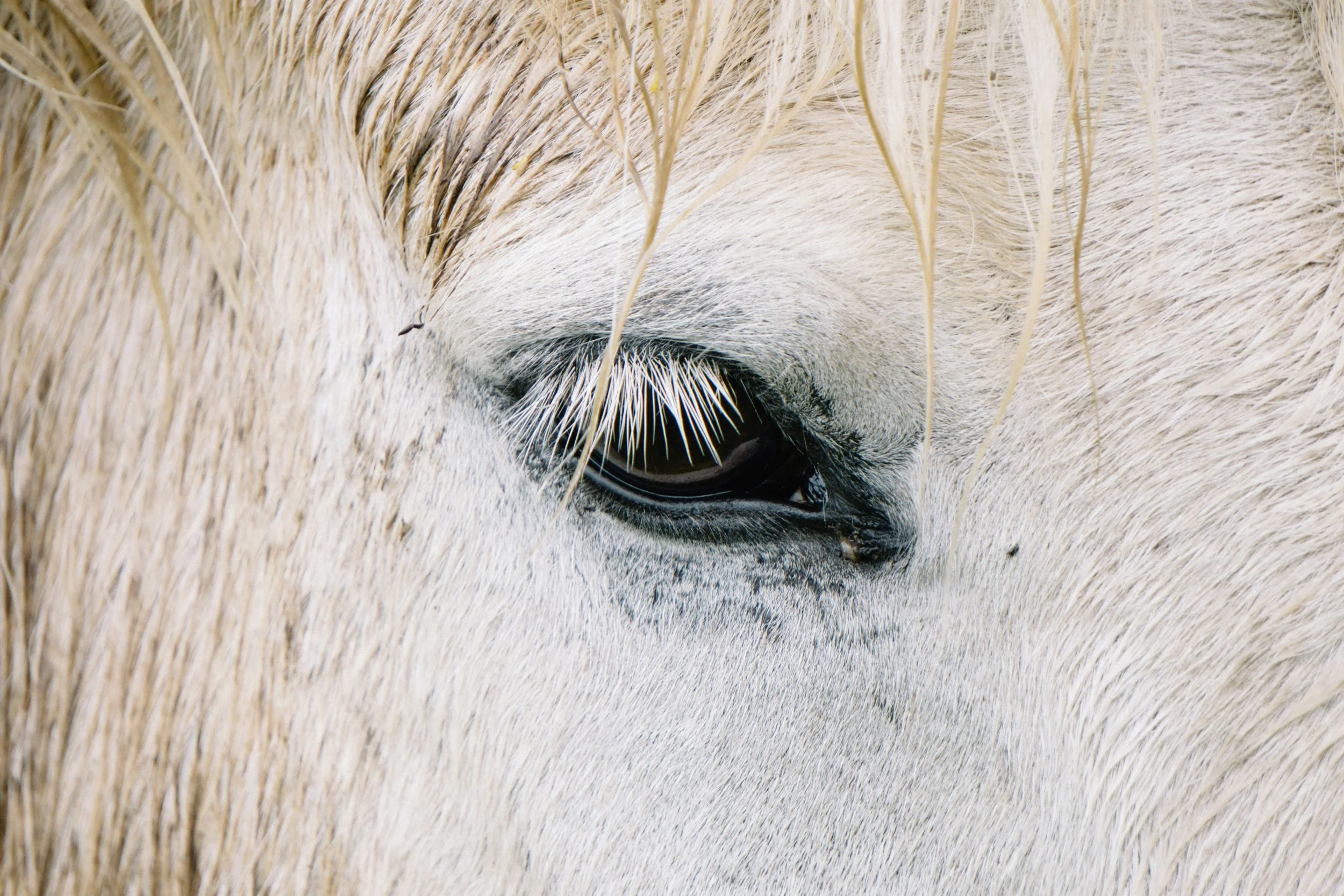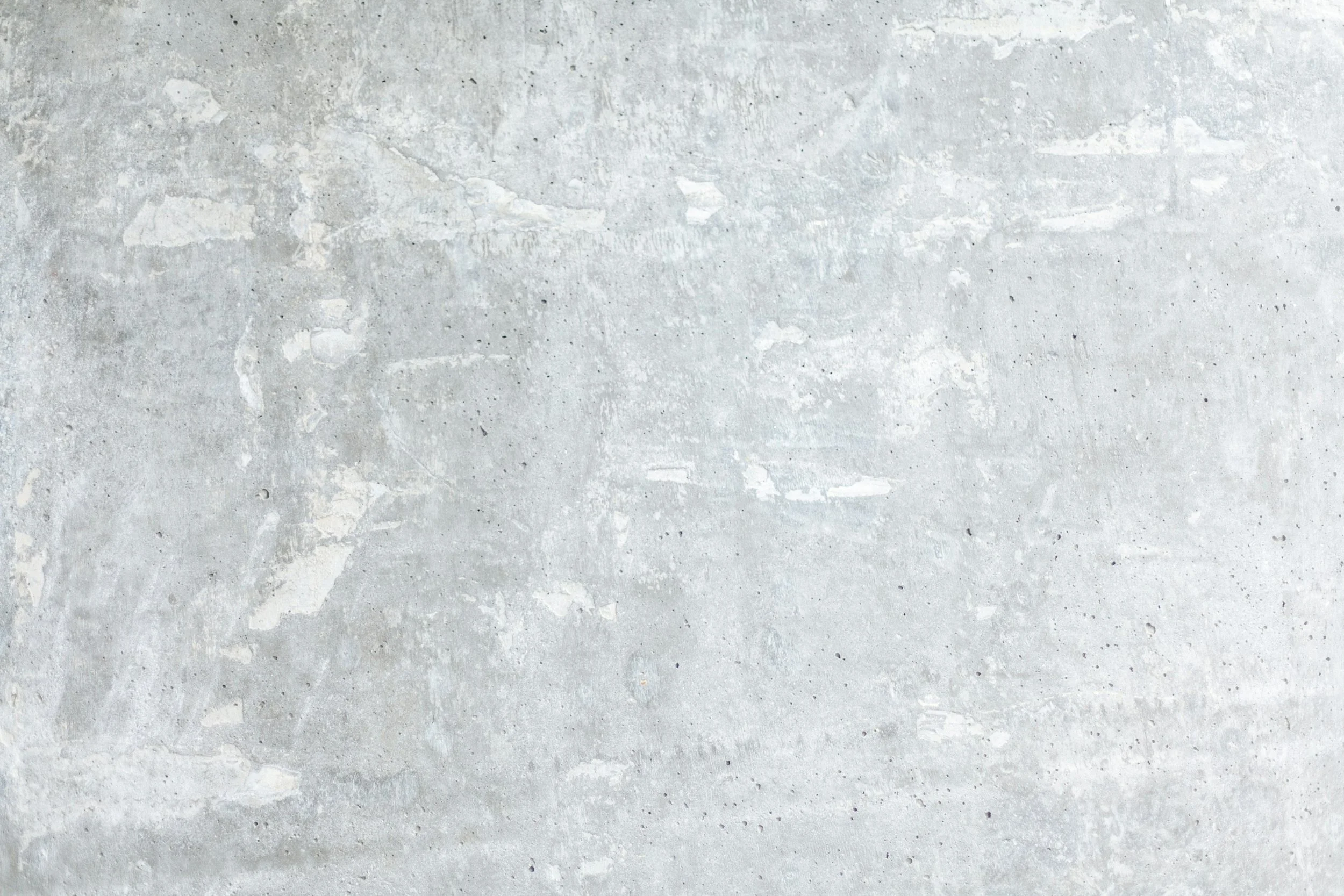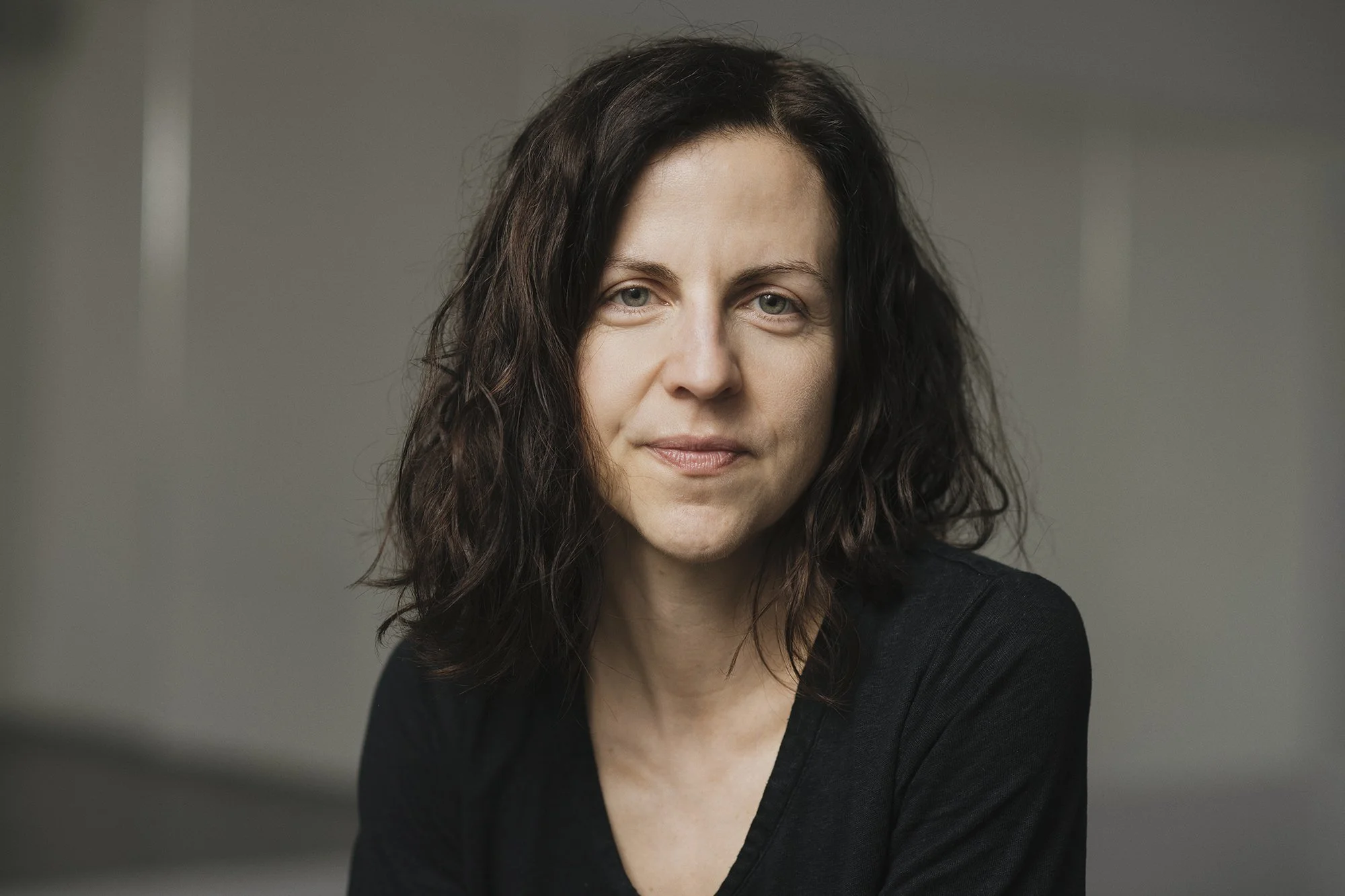
I help sensitive overachievers who feel something’s missing break free from repeating patterns, heal inner conflict and reconnect with their inherent worth, freedom and joy.
Remember and come home to who you truly are

Your deepest transformation is not about becoming more, improving yourself or adding more skills or achievements. It’s about removing the layers of subconscious conditioning, self-judgment, and misidentification.
“Working with Pavlina has been absolutely life-changing. I can feel the difference in the way I am able to observe life, to see things, to feel and think.”
Eli Stoeva, Lawyer
“Pavlina’s approach is wholehearted, holistic, intuitive and direct. Being in her presence has brought me calm and deep understanding. She allowed me to reach places which otherwise, on my own, seemed dark and scary.”
Sylvie, Senior Manager, Banking

Love, freedom and joy are not related to your circumstances—they are your true nature. They are remembered, not earned.

This work is for you, if you…
Feel anxious, overwhelmed, burnt-out, stuck or low, despite having it all together on the outside
Feel a sense of emptiness, loneliness or lack of fulfilment that no amount of achievement has resolved
Feel you aren’t truly seen, even in close relationships, or perhaps attract unavailable partners
Still feel the impact of childhood experiences that left you adapting, abandoning, or silencing parts of yourself resulting in patterns of unworthiness, self-criticism, or persistent not-enoughness
Haven’t accessed your greatest performance and potential, have outgrown the surface-level fixes and are looking for a deep dive that will leave a lasting impact
Feel ready to break free from repeating cycles, heal your inner child, and live from the most vibrant, joyful and creative expression of yourself.
The quality of your relationship with yourself determines the quality of your life. Your inner world creates your external reality. Your life changes when you change the way you see yourself.
My clients typically are sensitive, ambitious, growth-driven individuals who have spent years overachieving, over-giving and overworking—yet feel an inner emptiness and disconnect that deepen.
I help you break free from the subconscious conditioning that’s holding you back from living a life that makes you feel alive. You heal your core wounds, reconnect with your true self and ultimately live from your inherent worth, freedom and joy.
My work is not about helping you become the person you want to be—it’s about dissolving the limiting thinking patterns that prevent you from remembering that you already are that person.
Coaching that goes deep below the surface to deliver
lasting results
After 20+ years of working alongside growth-driven individuals, from corporate CEOs, boards of directors and creative agency leaders to entrepreneurs, writers, lawyers and doctors—I’ve seen that what drives lasting change, performance and wellbeing are not surface-level strategies and tactics, but the subconscious lens people are looking through—that is, your deepest-seated beliefs about yourself, life and others.
Lasting transformation comes from addressing the subconscious patterns that are driving the actions you’re taking.

You can’t access your true potential and wellbeing in health, relationships and career, unless you break free from the limiting subconscious stories that silently dictate all of your behaviour.
Invariably, the subconscious is in charge—that’s why you are doing things you know you shouldn’t be doing or reverting to dysfunctional patterns. Focusing solely on habits and actions might work for a spell, but ultimately it’s short-lived.
Acting against your subconscious programming is akin to sprinting—it requires very intense effort you can only sustain briefly.
My coaching helps you release limiting identity and recurring patterns by uncovering and then unlearning subconscious limitations.

To make sense of it, you learned to look at the world through the only lens you had: “What does this say about me?” If your father came home tired and brushed off your calls for attention, or worse, snapped at you, it most likely felt like proof that you weren’t enough, or that something was wrong with you.
Over time, these painful interpretations quietly shaped the way you saw yourself and life.
You long to be accepted, recognised and loved for who you are.
They became like an invisible costume you didn’t even know you were wearing—one that told you who you had to be in order to belong and feel safe.
Now, as an adult, you might find yourself still carrying those old beliefs—that you’re not enough, not worthy, not powerful, or that you have to adapt yourself into someone else in order to be loved and accepted.
As a child, all you ever wanted was to be seen, heard, and held for who you truly were. You depended on your caregivers for safety and love—and when that need wasn’t met, it felt terrifying and lonely for your little self.

The quality of your thinking creates the results you get in life. You don’t manifest what you do, you manifest your unexamined subconscious thinking. The most powerful force of creation is that invisible lens you look through.
Remember You
1:1 coaching for sensitive overachievers
My approach is counterintuitive, integrative and subtractive–I help you dissolve the limiting lens you look through at life. I bridge eastern spirituality with western science, and draw from psychology, neuroscience, eastern philosophy and quantum physics in my approach.
I use a wide range of modalities, including subconscious reprogramming, psychodynamic coaching, shadow work, inner child work, body/mind re-alignment, somatic work and mindfulness—which are I tailor to your needs and goals.
Awareness
Identify the Limiting Self
Alignment
Dissolve the Limiting Self
Action
Align with your True Self
Energy creates form. The vibrational frequency and presence you embody shape your life far more than any action or strategy.
I’m Pavlina Papashimoff.
Queer, highly-sensitive, driven by the insidious undercurrents of childhood trauma, I know the pain of self-abandonment and living in isolation from one’s true self.
For decades, I survived by keeping my heart closed, leaving parts of me behind and hiding behind a mask for approval and acceptance.
On the outside, I built a successful career and travelled across cultures and continents. On the inside, I felt lonely, broken, incomplete.
When it all came crushing down on the eve of my late 30s, I found myself all alone, in the middle of divorce, estranged from family and friends, and unsure where in the world home was.
I felt a profound sense of loneliness and existential angst. Underneath it—a visceral yearning to finally be me.
I embarked on the underworld journey of healing—emerging more whole, joyful and complete on the other side.






